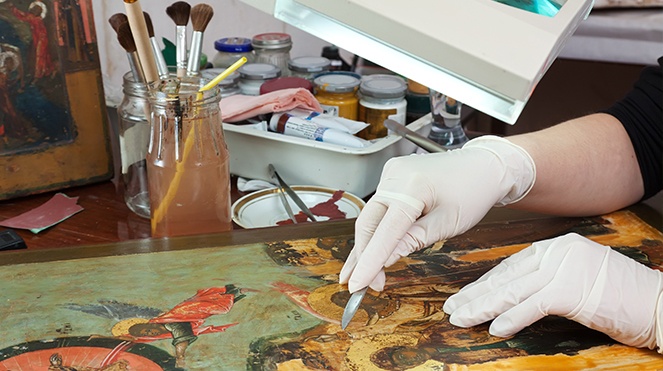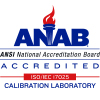
Museums are responsible for housing and preserving some of the world’s greatest treasures; from works of art, to ancient artifacts and much more. The key to protecting these priceless pieces is to control the environment where they are being displayed, stored or transported.
There are many factors that can cause environmental change, from the weather outside, to the amount of people inside. Each of these factors can lead to fluctuations in temperature, which is a key variable in calculating relative humidity. Since relative humidity encourages deterioration, museums have strict standards in place to prevent damage to irreplaceable artwork.
At the Philadelphia Museum of Art, the general guidelines for temperature and humidity conditions remain within 68 °F – 72 °F, keeping the relative humidity level between 45 – 55 percent. Temperature directly affects relative humidity (the amount of water vapor in the air), which plays a role in chemical and physical forms of deterioration. Keep in mind, temperature and relative humidity standards will differ depending on the type of artifacts and art being displayed or stored at a museum.

Courtesy: Philadelphia Museum of Art
The higher the temperature, the more water vapor the air can hold causing the materials to expand. This reaction leads to metal corrosion, swelling and warping of wood, softing of adhesives and mold growth. Whereas, low humidity causes materials contract, resulting in shrinkage, cracking, flaking and dehydration.
For example, in 2015, several renaissance masterpieces at the Borghese Gallery in Rome back were damaged after the museum failed to repair the air conditioning system. This caused paintings such as ‘The Deposition’ painted by Raphael in 1507 to warp due to the wooden canvas drying out.
HVAC systems are the best protection against temperature and humidity fluctuations. Sophisticated HVAC systems regulate temperature and humidity levels in different areas throughout a building to ensure environmental conditions remain within standard thresholds. Data loggers are often used in conjunction with HVAC systems to monitor environmental conditions in galleries and storage areas. These data loggers can provide curators with alerts the moment a temperature or humidity threshold is breached.
To protect precious artwork, MadgeTech wireless data loggers record and display temperature and humidity levels in real-time, so immediate action can be taken when necessary. Equipped with customizable features, users can set alerts that will sound an alarm, as well as send an email or text to notify when levels are approaching potentially disastrous conditions.
Environmental conditions are unpredictable, but being prepared can prevent irreversible damage. To learn more about our data logging solutions for museum monitoring and art preservation, click here.






